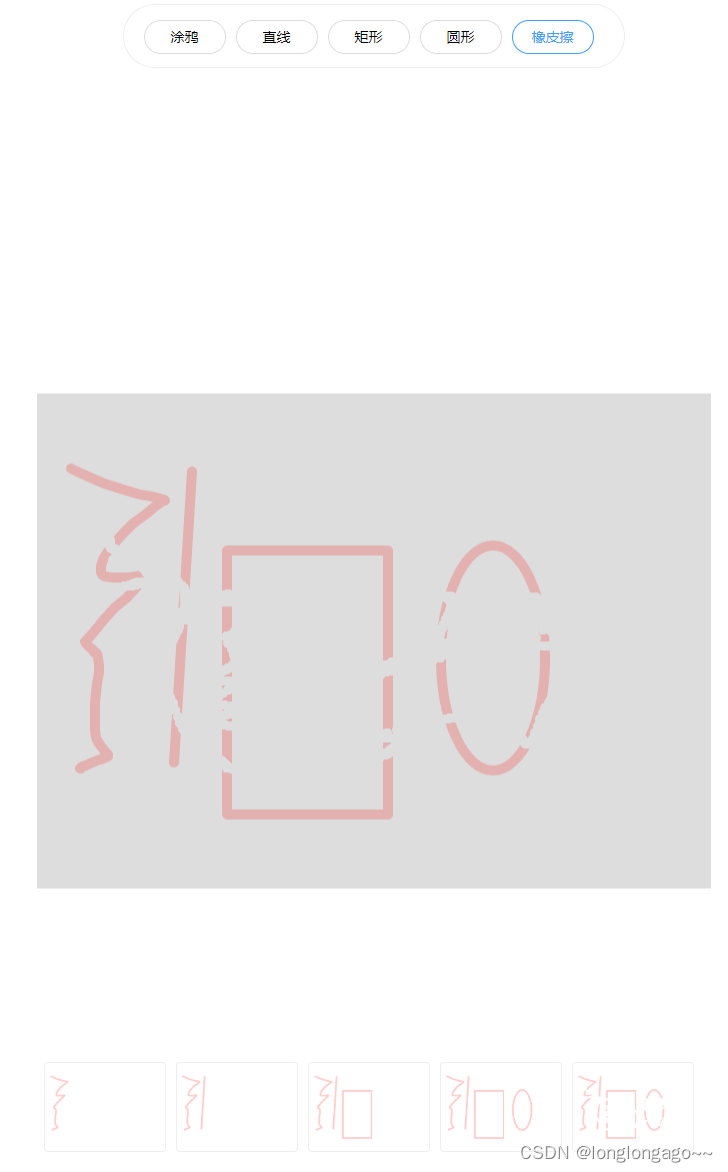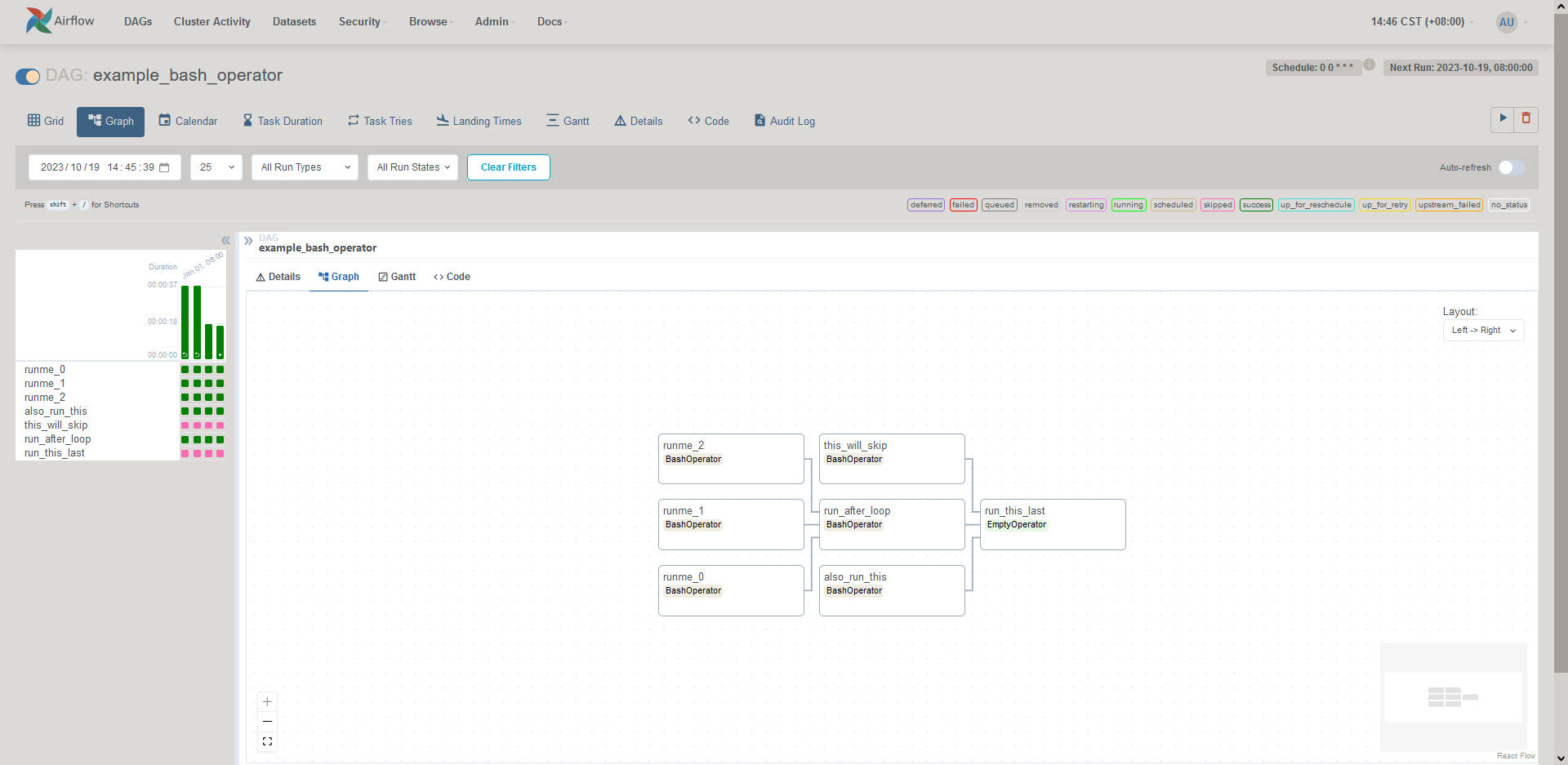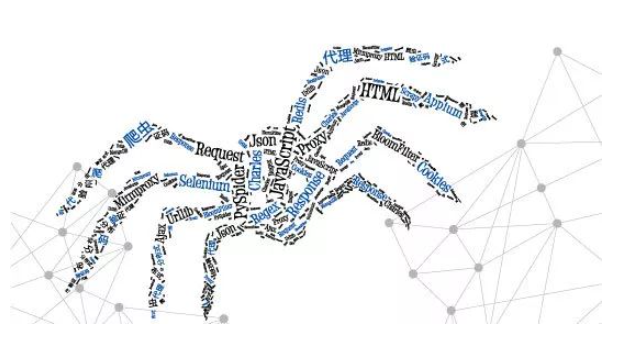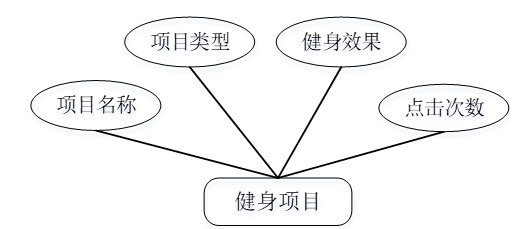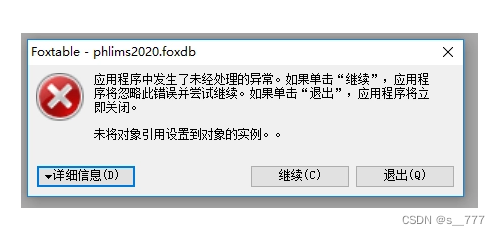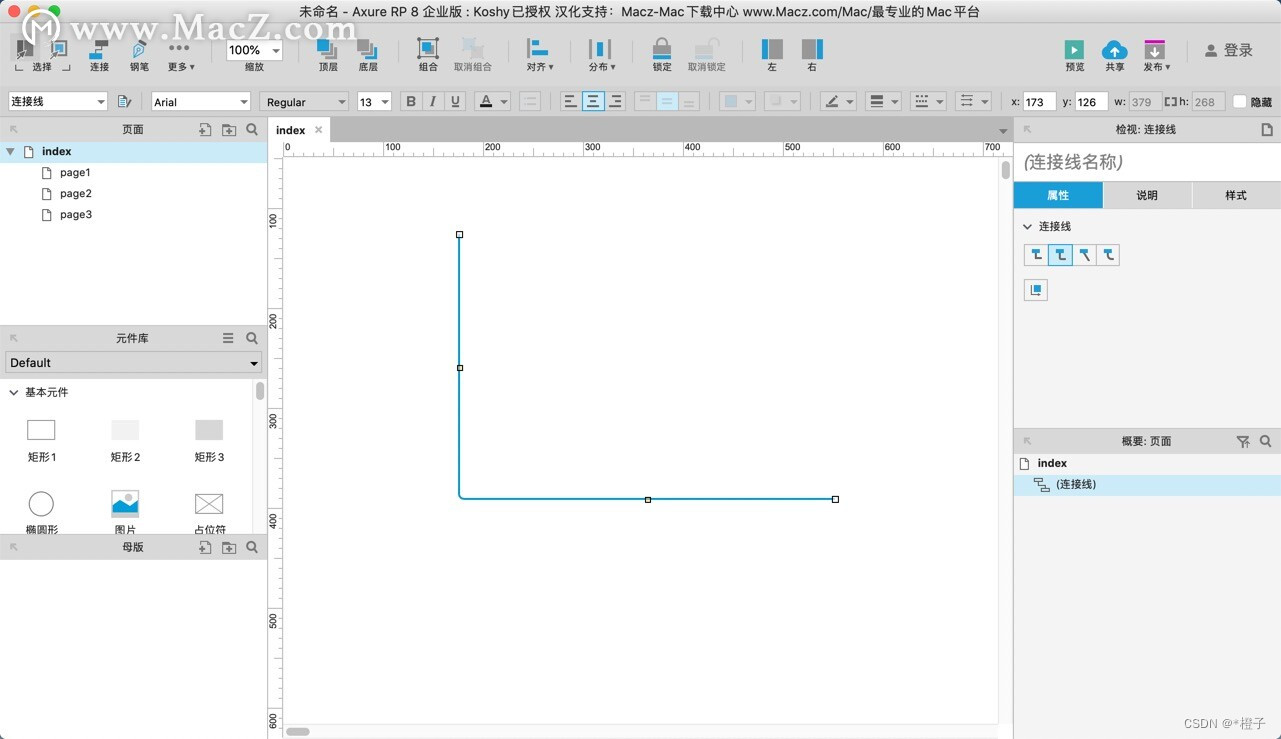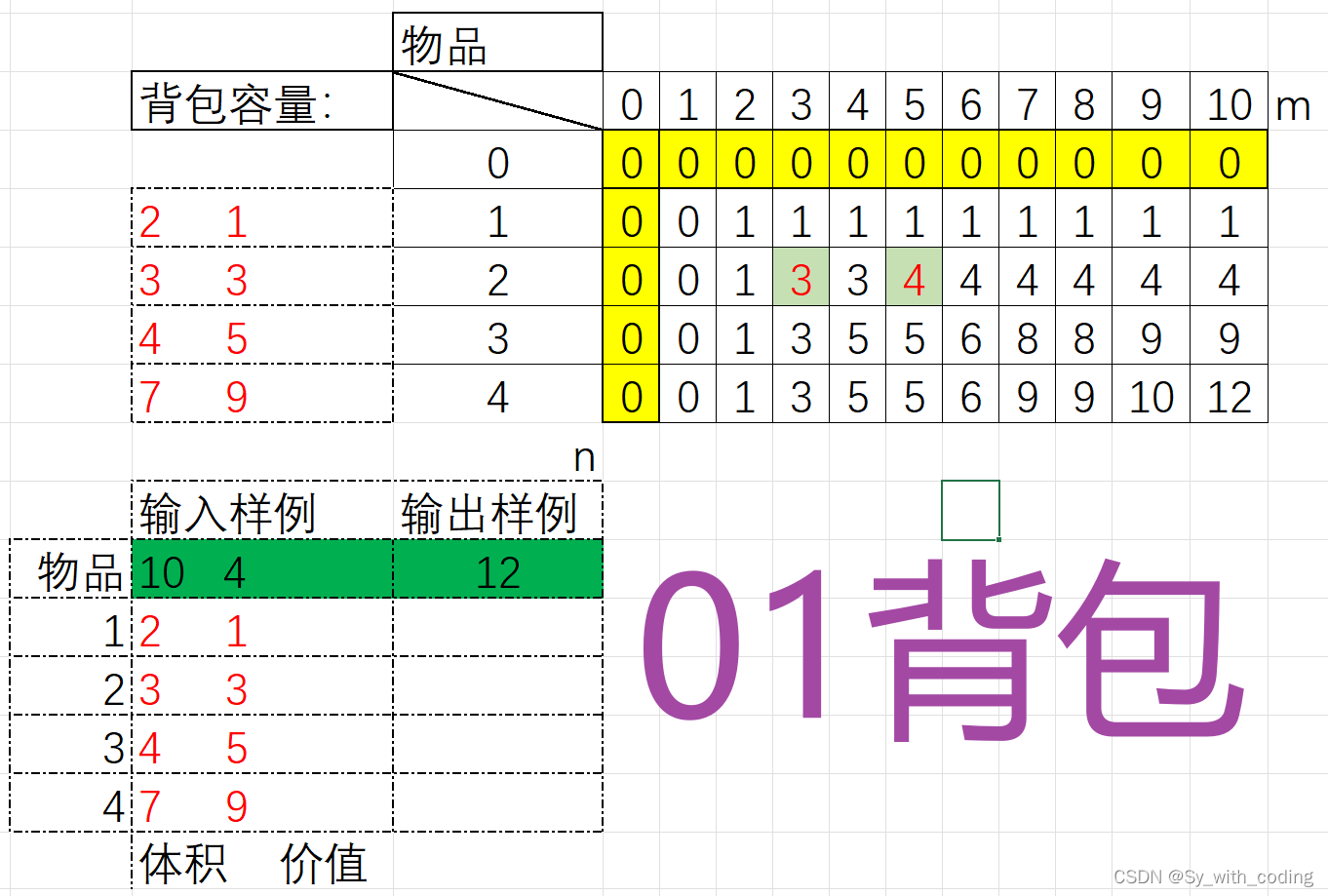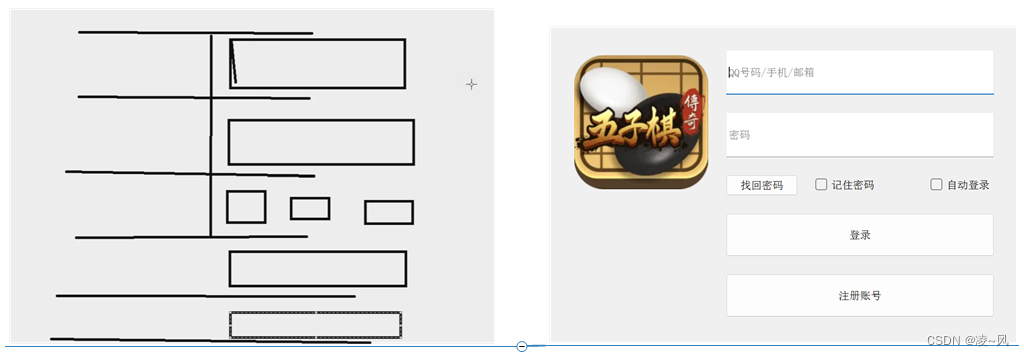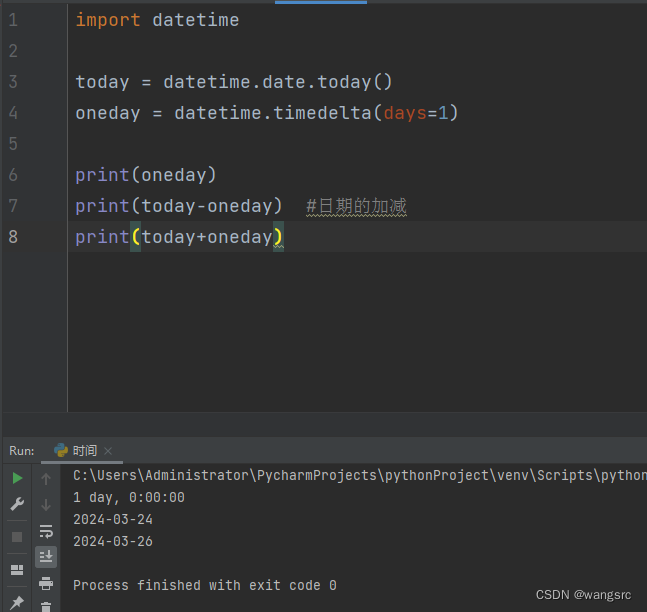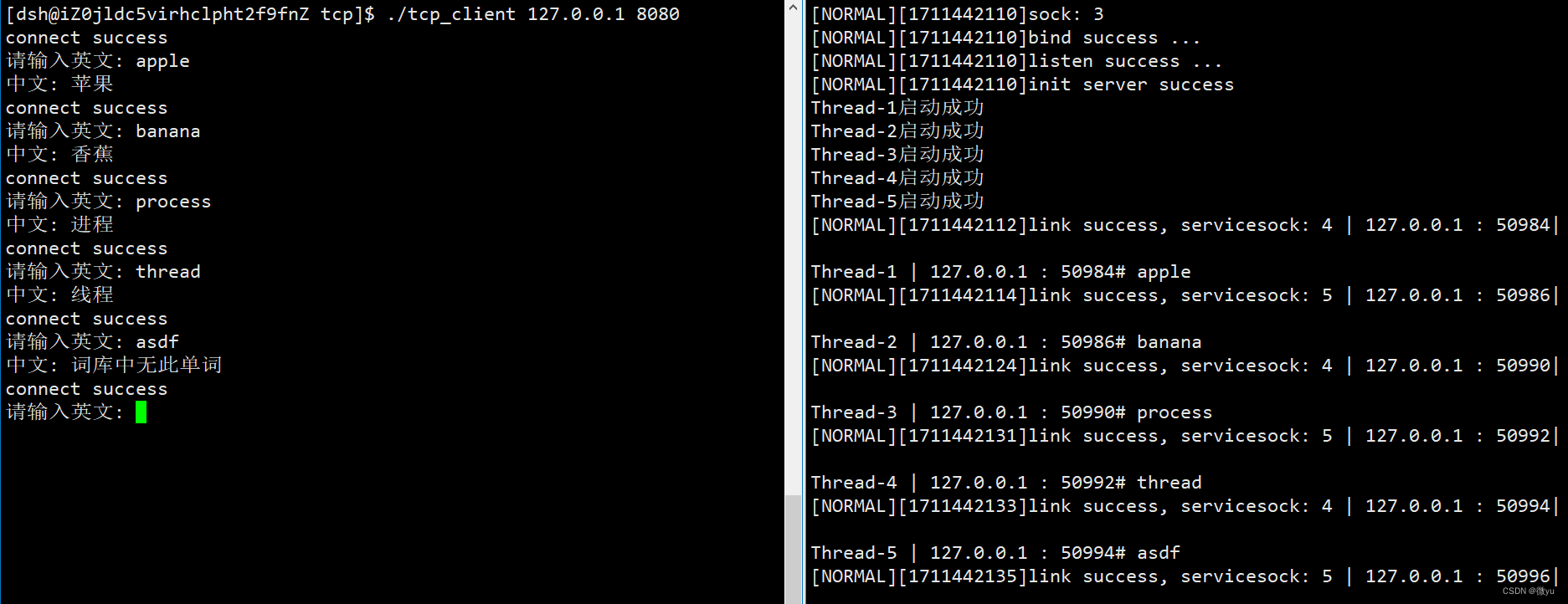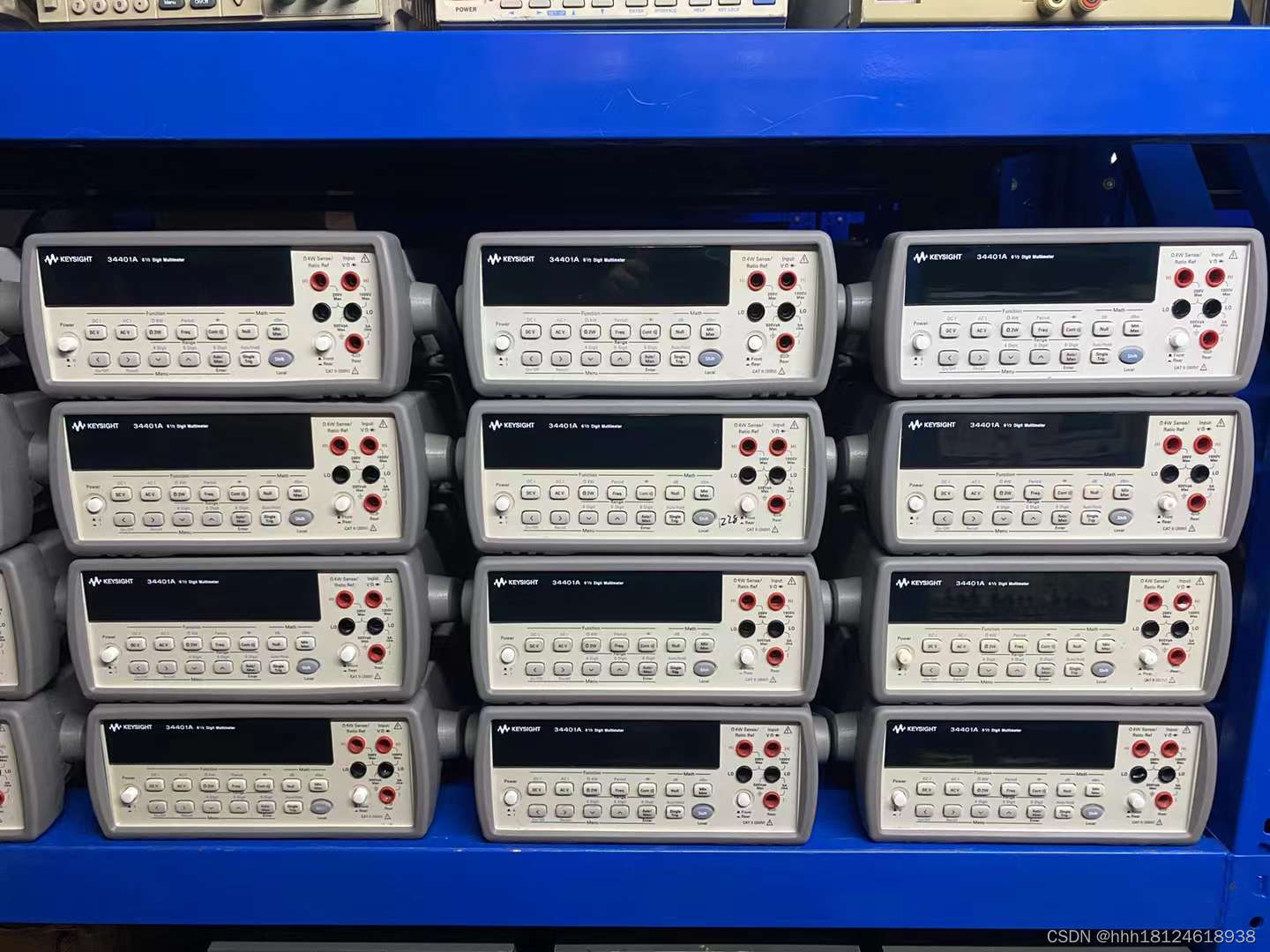
眼观百遍,不如手敲一遍
Repetitive Viewing Cannot Surpass Hands-on Typing
在现代教育体系中,编程已成为一项基础而关键的技能。伴随着各种便捷的工具和在线资源的普及,获取并复制代码变得前所未有地容易。然而,在这种趋势下,一项传统的学习方法——手动输入代码,仍然显得格外重要。本文旨在探讨为何在学习编程时,动手输入代码比仅仅观看或复制粘贴更为有效。
In the modern education system, programming has become a fundamental and crucial skill. With the proliferation of various convenient tools and online resources, obtaining and copying code has become easier than ever before. However, in this trend, a traditional learning method—manually typing code—still holds significant importance. This article aims to explore why hands-on coding is more effective than merely observing or copying and pasting.
首先,手动输入代码的过程是一个涉及多感官的学习经历。当我们逐字键入代码时,视觉、触觉和认知功能同时被激活。这种全方位的感官参与能够加深记忆的印象,使学习内容更加牢固地嵌入长期记忆中。正如俗语所说,“眼观百遍,不如手敲一遍”,这一古老的智慧揭示了动手实践的价值。
Firstly, the process of manually typing code involves a multisensory learning experience. As we type each character of code, visual, tactile, and cognitive functions are simultaneously activated. This comprehensive sensory involvement can deepen the impression of memory, embedding the learning content more firmly into long-term memory. As the old saying goes, “repetitive viewing cannot surpass hands-on typing,” revealing the value of hands-on practice.
其次,手动输入代码迫使我们放慢速度,细致地审视每一行代码。在这个过程中,我们不仅仅是在复制字符,更是在理解每个符号、每条语句的含义。这种细致的审查能够揭示代码的逻辑结构,帮助我们构建起对程序流程的清晰认识。相比之下,简单地复制粘贴代码往往忽视了这一层面的理解,从而导致对代码深层逻辑的无知。
Secondly, manually typing code forces us to slow down and carefully examine each line of code. During this process, we are not merely copying characters but understanding the meaning of each symbol and statement. This meticulous review can reveal the logical structure of the code, helping us to build a clear understanding of the program flow. In contrast, simply copying and pasting code often overlooks this aspect of understanding, resulting in ignorance of the deeper logic of the code.
再者,手动输入代码是一种主动学习的表现。当我们独立地输入代码时,我们实际上是在主动解决问题。这种问题解决的过程能够锻炼我们的逻辑思维和创造性思维。它要求我们不断地问自己:“这个变量的作用是什么?”、“这个循环为什么要这样写?”等等。这些问题促使我们去深入探索编程语言的规则和编程思想的本质。
Furthermore, manually typing code is an expression of active learning. When we independently input code, we are actively solving problems. This problem-solving process can exercise our logical and creative thinking. It requires us to continually ask ourselves, “What is the purpose of this variable?” “Why is this loop written in this way?” and so on. These questions prompt us to explore the rules of programming languages and the essence of programming concepts.
此外,手动输入代码还有助于培养耐心和专注力。在编程的世界里,调试是常态,错误是不可避免的。当我们亲手输入代码时,我们不得不面对这些挑战,学会一步步地解决问题。这种过程教会我们如何耐心地寻找解决方案,如何集中注意力去捕捉那些可能导致错误的细微之处。
Moreover, manually typing code also helps cultivate patience and focus. In the world of programming, debugging is the norm, and errors are inevitable. When we input code ourselves, we have to face these challenges and learn to solve problems step by step. This process teaches us how to patiently seek solutions and how to concentrate on capturing the subtle details that may cause errors.
最后,手动输入代码有助于建立自信。每当我们完成一段代码的输入并成功运行时,我们都会感到一种成就感。这种成就感是复制粘贴所无法提供的。它不仅增强了我们对自己编程能力的信心,也激励我们继续前进,探索更复杂的编程概念和技术。
Finally, manually typing code helps build confidence. Every time we complete the input of a segment of code and successfully run it, we feel a sense of achievement. This sense of achievement cannot be provided by copying and pasting alone. It not only enhances our confidence in our programming abilities but also motivates us to continue exploring more complex programming concepts and techniques.
综上所述,手动输入代码在学习编程的过程中具有不可替代的价值。它通过多感官的参与、细致的代码审查、主动的问题解决、耐心和专注力的培养以及自信心的建立,为编程学习者提供了一个全面而深刻的学习体验。因此,尽管现代技术提供了诸多便捷,但在编程学习的征途上,我们仍应该牢记并践行那句古老而智慧的教诲:“要靠双手学习”。
In summary, manually typing code has irreplaceable value in the process of learning programming. Through multisensory participation, meticulous code review, active problem-solving, cultivation of patience and focus, and establishment of confidence, it provides learners with a comprehensive and profound learning experience. Therefore, despite the convenience offered by modern technology, on the journey of learning programming, we should still remember and practice the ancient and wise teaching: “Learn by hands-on.”
